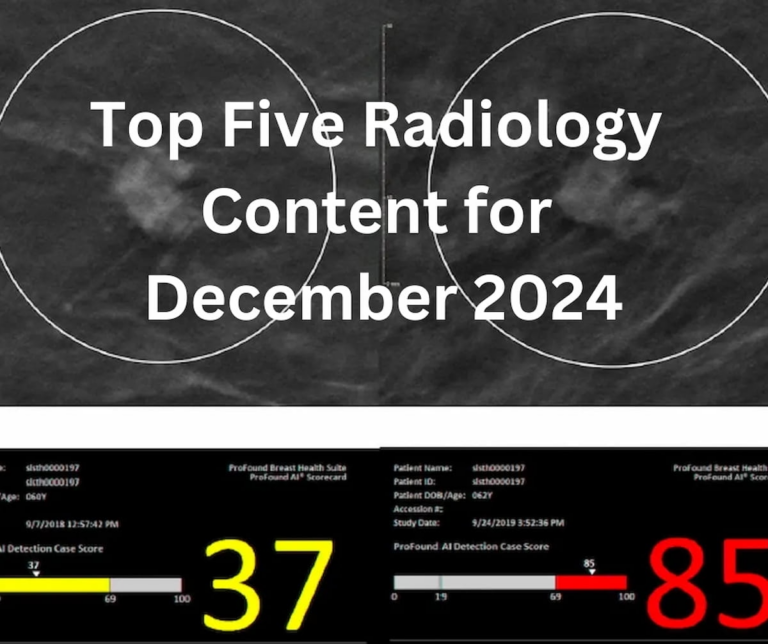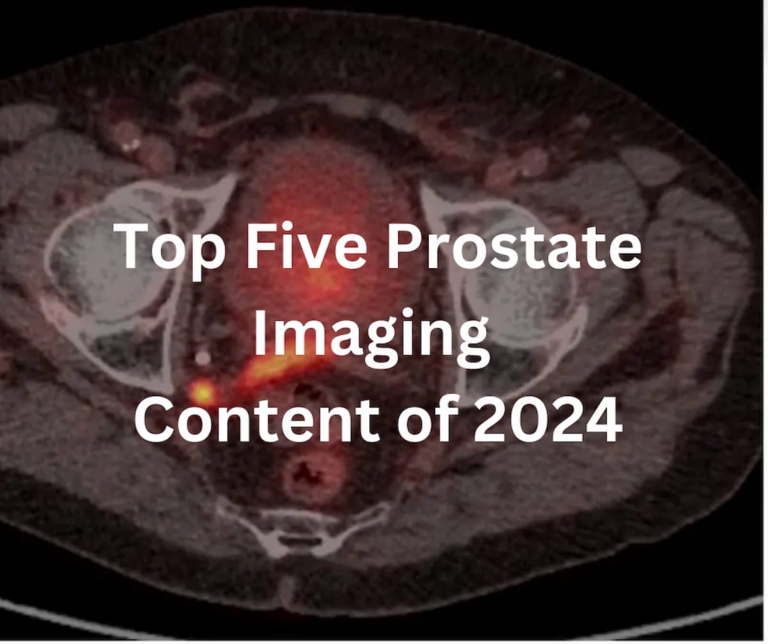
Recent advancements in medical imaging indicate that ultra-high resolution (UHR) photon counting detector computed tomography angiography (PCD CTA) could substantially enhance assessments of head and neck blood vessels. A new study published in the American Journal of Roentgenology highlights these potential advantages over traditional energy-integrating detector CT angiography (EID CTA).
In this prospective study, researchers analyzed data from 103 patients, with an average age of 61.3 years, who underwent head and neck UHR PCD CTA. The researchers compared reconstructions with a slice thickness of 0.2 mm at various kernel sharpness settings to a reference reconstruction with an 0.8 mm slice thickness at a Bv40 kernel sharpness. Two independent radiologists evaluated the image quality using a Likert scale from 1 to 5, with 5 representing the highest quality, focusing particularly on vessel visualization, soft plaque delineation, and the presence of blooming artifacts.
Regarding vessel sharpness, the study found that the UHR PCD at a Bv76 kernel achieved a median sharpness of 121.6 HU/mm, while the Bv80 kernel reached 134.7 HU/mm. In comparison, the reference reconstruction exhibited a median vessel sharpness of 100.9 HU/mm. Radiologists particularly rated the UHR PCD reconstructions a 5 for small vessel visualization, contrasting sharply with a rating of 1 for the reference images.
The study also reported significant improvements in the reduction of blooming artifacts—a common issue in conventional CTA that can distort the apparent size of calcifications and stents. The radiologists rated the reference reconstruction with a 1 on the Likert scale for both median stent blooming artifact reduction and soft plaque delineation, while UHR PCD utilizing the Bv76 and Bv80 kernels received a score of 5.
Lead author Dr. Naying He, who is affiliated with Ruijin Hospital and the Shanghai Jiao Tong University School of Medicine in Shanghai, stated, “PCD CTA of the head and neck in UHR mode (with a slice thickness of 0.2 mm) significantly reduced blooming artifacts from calcified plaques, while simultaneously enhancing visualization of small vessels and soft plaques compared to conventional protocols.”
One notable observation was the increase in the median diameter of the right internal carotid artery C2 lumen, which rose from 3.8 mm with reference reconstruction to 4.1 mm and 4.9 mm with UHR PCD at Bv48 and Bv80, respectively. This trend highlights the capability of UHR PCD to accurately diminish blooming artifacts, which was consistent with findings from earlier studies examining coronary arteries.
Three primary takeaways emerge from the study:
-
Enhanced Visualization: UHR PCD CTA significantly improves the visualization of small vessels and soft plaques compared to traditional EID CTA, scoring higher on the Likert scale for the UHR settings.
-
Reduction of Blooming Artifacts: UHR PCD CTA at a 0.2 mm slice thickness effectively minimizes blooming artifacts associated with calcified plaques and stents, thereby providing more accurate measurements of vessel diameters without overestimating stent and plaque sizes.
- Image Noise Trade-offs: Although the UHR PCD CTA technique improves visualization, it introduces increased image noise and a lower signal-to-noise ratio (SNR), particularly at higher kernel strengths. Specifically, settings such as Bv80 exhibited more than tenfold the median image noise (60.4 HU vs. 5.7 HU) compared to standard reconstructions. Therefore, the study suggests that clinicians should select their kernel settings based on specific clinical circumstances to balance image quality with the inherent noise.
While the radiologists appreciated the enhanced visualization provided by the higher UHR PCD kernel settings, the study’s authors caution that these reconstructions come with notable increases in image noise. They acknowledged that the study had limitations, such as the lack of a direct comparison between PCD CTA and EID CTA and the potential bias introduced by reviewing all reconstructions in a single session, alongside the variable matrix sizes affecting noise assessment.
In summary, the research indicates the promise of ultra-high resolution photon counting detector computed tomography angiography in improving vascular imaging accuracy in the head and neck region, though careful consideration of noise and kernel settings remains essential to optimize diagnostic outcomes.


